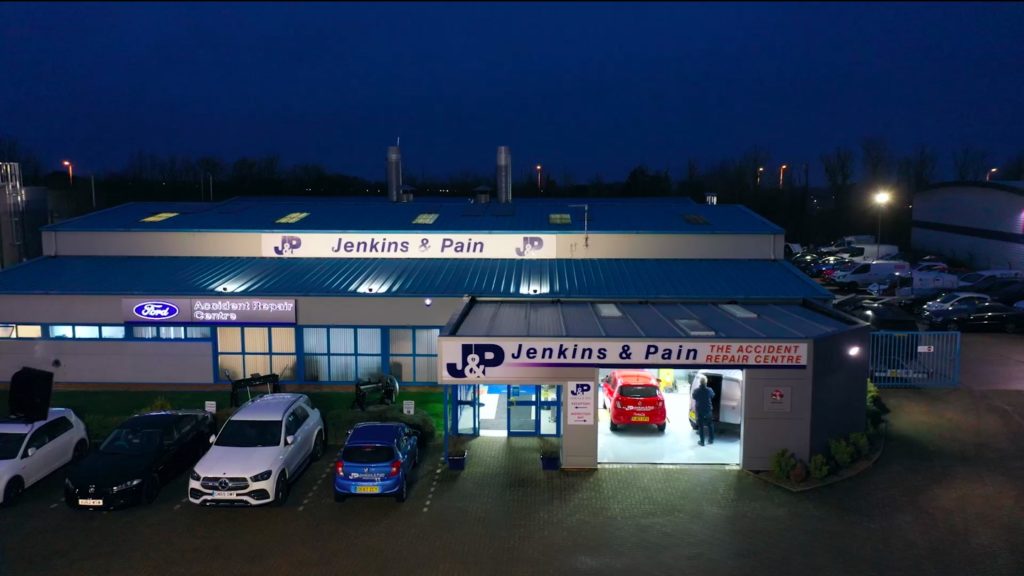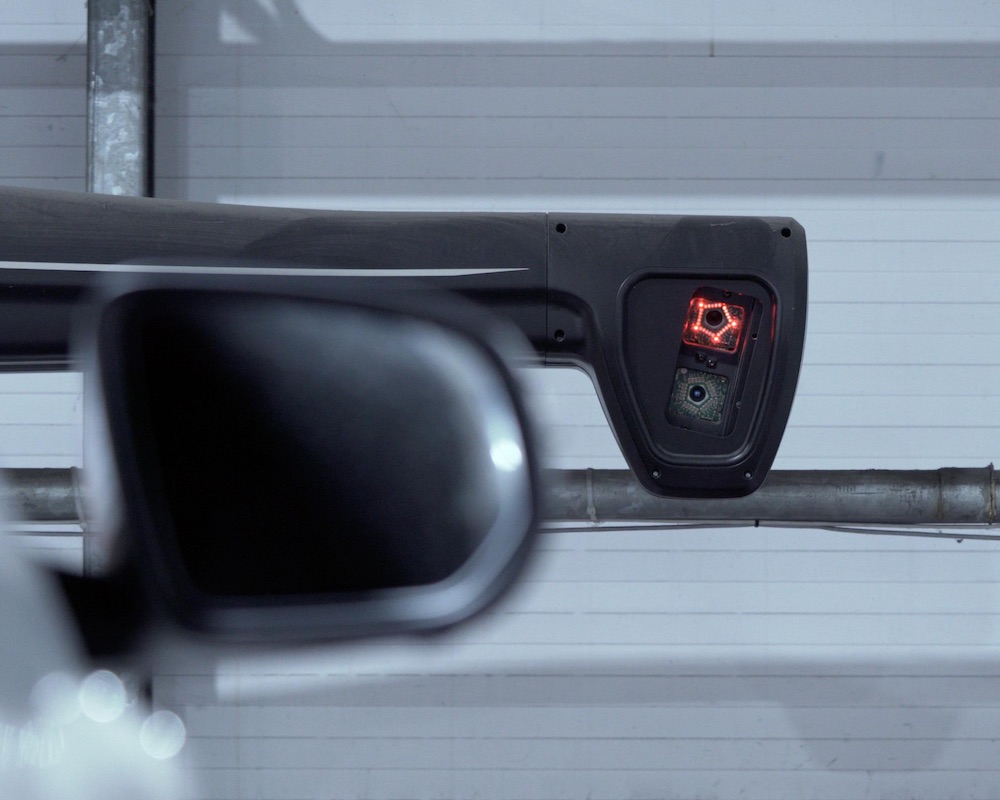It’s not just paranoia – driving at night is actually more dangerous! Our courtesy car experts understand that fatal accidents are three times more likely at night in comparison to the daytime, according to the National Highway Traffic Safety Administration (NHTSA). Unsurprisingly, the main reason for this is that we can’t see as well in the dark, says Alex Epstein, director of transportation safety at the National Safety Council: “You see less of the road ahead of you and have less room and time to stop.” Ironically, our steering geometry and vehicle wrapping specialists know that some kinds of light, such as the glare from lights that are too bright can compound the problem.
But other factors further the challenge of driving at night. Here are our steering geometry experts’ top 12 tips that could help reduce the risk:
1. Be Extra Defensive
Drinking and driving poses a greater risk after dark, according to NHTSA, which has found that the rate of fatal crashes involving alcohol impairment is almost four times higher at night than during the day. Of course, never get behind the wheel after drinking, no matter what time of day it is (and don’t drive while distracted either); but at night, we recommend that you put your defensive-driving instincts on high alert.
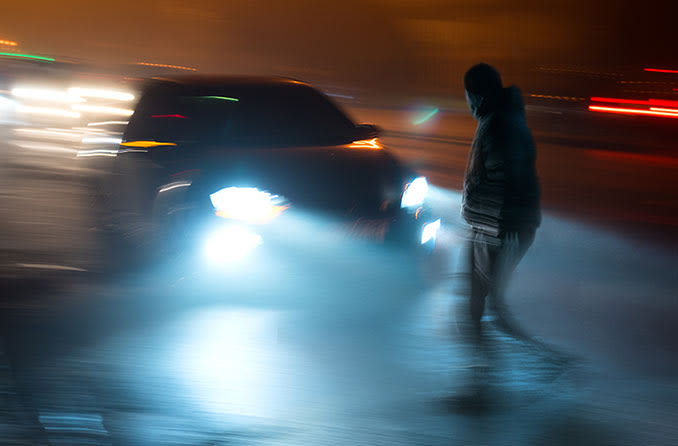
2. Combat Fatigue
NHTSA says that drowsy-driving crashes are most likely to happen between midnight and 6 a.m.. So our steering geometry experts encourage you to be aware during these hours that there may be sleepy drivers on the road, and keep yourself alert! Our courtesy car specialists recommend for you to have some caffeine, pull over in a safe area to get some rest, or stop for the night. Some drivers have reported that other activities can help, including: turning on the radio (not too loudly); rolling down the windows periodically for fresh air; and talking or singing to yourself.
3. Clean Up Your View
Dirty or damaged windshields can scatter light as well as potentially increase the effects of glare, according to NHTSA. The group has also reported that dirty or damaged headlights can decrease your visibility and cast glare onto oncoming drivers. So clean headlights and windshields regularly; our vehicle wrapping experts suggest that you use a special cleaning kit for headlights.
4. Avoid Two-Lane Roads
NHTSA says two-lane highways may be the “worst-case scenario” for nighttime glare, due to oncoming cars’ headlights, lower overall light, and the fact that these roads tend to have more sharp curves and hills than a motorway. If you can, our steering geometry specialists recommend taking a safer route at night.
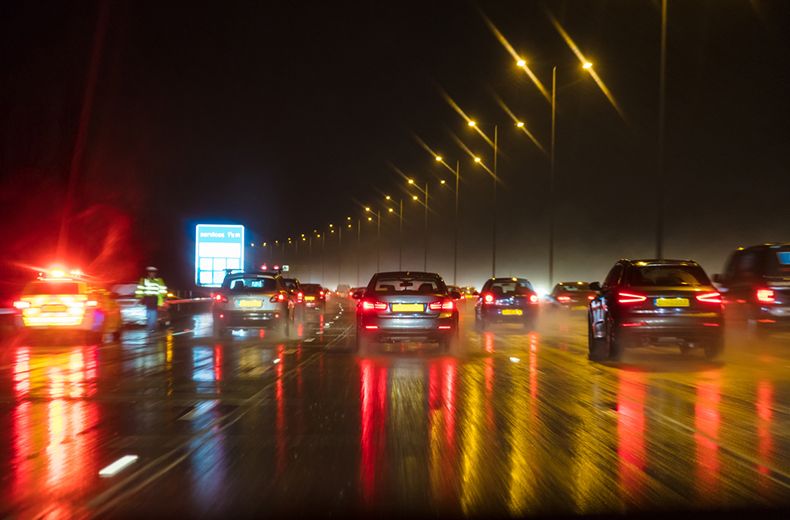
5. Slow Down
Speeding-related crashes account for 37 percent of nighttime-driving fatalities, says NHTSA (compared with 21 percent of those during daylight hours) due to lower visibility, in addition to shorter reaction times. For example, your headlight typically shines 160 feet in front of you, but even at 40 mph, you need 190 feet to stop. Adjust your speed to take conditions like visibility into account, says Russ Rader of the Insurance Institute for Highway Safety (IIHS).
6. Angle Your Headlights Correctly
If the beams tilt down too much, you’ll lose some of the illumination that you need while driving. But if they tilt too high, they could blind oncoming drivers.
7. Use High Beams When Appropriate
High beams are under-utilised, says Rader, but they can be very helpful in rural areas or on open roads. Just remember to dim them when you’re within 500 feet of an oncoming vehicle (so that you don’t temporarily blind the other driver), and don’t use them if you are following another vehicle. If you’re in the market for a new car, Rader recommends looking for adaptive lighting systems that can automatically adjust your high beams depending on the presence of other cars.
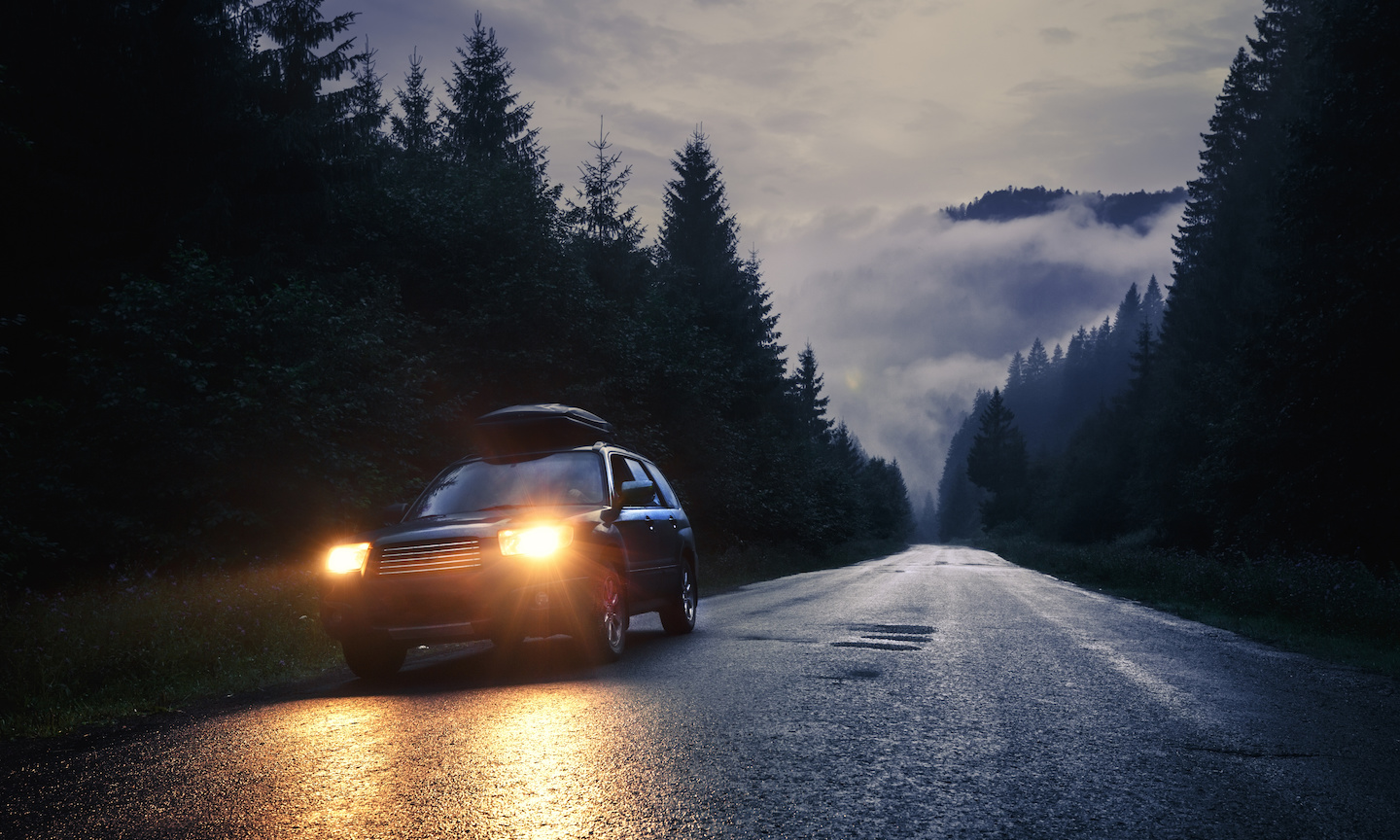
8. Tweak Your Inside Lighting
If your dashboard lights are too bright, glancing from the dashboard to the dark road ahead can actually be disorienting, says the NSC’s Epstein. “Dim the interior lights at night, so that critical controls remain easily visible but not distracting,” he recommends. “And use your visors at night to shield you from outdoor street lighting and glare.” Many new cars, he adds, have mirrors that automatically dim the reflections from bright lights.
9. Look In The Right Direction
Although you should always keep your eyes on the road, avoid a fixed gaze and never stare at oncoming headlights, says Epstein. When approaching an oncoming vehicle, shift your eyes down and to the right, using the right edge of the road or lane markings as a guide to stay on track. This will help you to avoid being blinded by the oncoming vehicle’s headlights. Lift your gaze back up once you’ve passed the oncoming vehicle.
10. Watch For Wildlife
Collisions with deer often happen at dusk or at night and are more common between October to January. Your high beams can help you to spot an animal’s glowing eyes. When you see them, the safest way to avoid an accident is by slowing down and stopping, and not by swerving.
11. Take Care Of Your Eyes
Get your vision checked every year, suggests the NSC; glare becomes increasingly problematic for people as they age. You may also require a different prescription at night.
12. Test And Use Your Lights
You should regularly test all your lights, including low beams, high beams, daytime running lights, turn signals and brake lights. Also make sure to use your headlights to stay visible; not only do you need to turn them on when it’s dark, but you should turn them on in adverse weather conditions including rain, snow and hail.
Use Jenkins & Pain, Award-Winning Accident Repair Centre
There you have it, if you do find yourself with damage to your beloved paintwork or steering alignment and need a dent repair, van body repair or courtesy car you can count on us to complete all jobs using industry-standard processes. We offer free quotes and with our exclusive repair service, we are sure you will be happy with the results. Contact our Vehicle Body Shop today. Jenkins & Pain are an accident repair centre based in Dover, Kent. We are proud to call ourselves an award-winning accident repair centre. Check out our guide on how to look after your alloys!
Ready to Visit Our Vehicle Body Shop?
We understand how costly and inconvenient it is for a vehicle to be off the road and, therefore, we use processes that ensure your vehicle is repaired quickly and efficiently. So, whether you need minor scratch repairs, major body repair, our van body shop and car body shop can guarantee a high-quality service. We also repair light commercial vehicles and motorhomes. Contact us today for a paint repair at our Car Body Shop!
